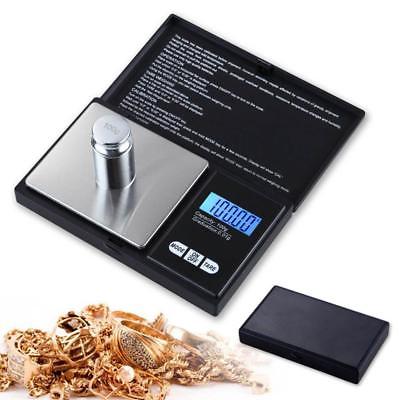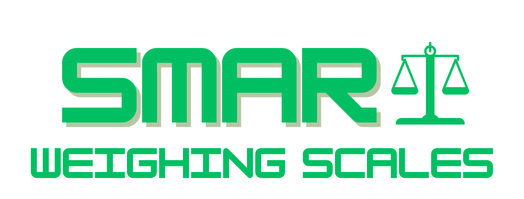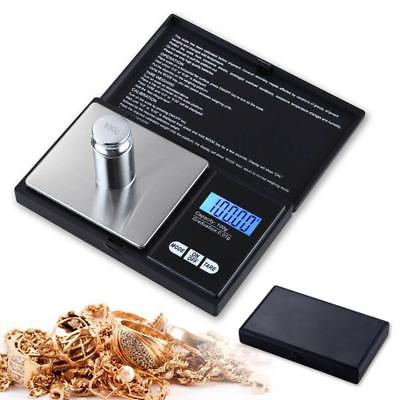Smart Weighing Scales Kampala
Pocket Weighing Scales Price Trend In Uganda
Pocket Weighing Scales Price Trend In Uganda
Couldn't load pickup availability
Pocket Weighing Scales Price Trend In Uganda
From these data points, we can observe several trends:
-
Price Range Clustering Around UGX 50,000–100,000 for Basic Pocket Scales
Most basic pocket scales (small capacity, 0.01 g or similar precision) are being sold between UGX 50,000 and UGX 100,000. Examples: 50,000 (Smart Weigh), 60,000. -
Higher Precision / Better Build = Significant Premium
Scales with “precision pocket”, better build quality, or more features like better casing, calibration, smart tare etc., tend to be priced higher—above UGX 100,000, often up to ~120,000 or more. The calibrated pocket scale on Ebuy (UGX 120,000) is a good example. -
Incremental Increases Likely Over Time
Although exact historical prices (from several years back) weren’t found in the data I reviewed, the current spread suggests that what cost UGX 50,000 for a basic pocket scale is now either still selling around that for very simple models or more typically UGX 70,000-100,000 for better features. -
Feature Inflation
As buyers demand more features (tare, units conversion, better casing, better display, maybe even Bluetooth or connectivity, or UNBS-certification), prices are creeping upward for mid-range pocket scales. -
Market Variability
Different vendors (physical vs online vs branded vs unbranded) show variability. For instance, cheaper models from generic brands may be ~ UGX 30,000-40,000, but quality or accuracy may be compromised. Better-known or certified models from known suppliers are more consistent in the UGX 50,000-100,000 band for basic, and UGX 100,000+ for precision.
What Has Likely Driven Price Changes
Several factors that influence why the price trend has shifted (or is shifting):
-
Inflation / Currency Movements — Cost of importing components (sensors, electronics) goes up; import duties, shipping costs increase; all this pushes retail up.
-
Improved Features — More vendors are including better precision, more stable sensors, protective casings, better displays. These improvements attract higher prices.
-
Demand — Increase in demand from jewelers, miners, hobbyists, small businesses leads to greater variety, but also potential markup where demand is strong.
-
Competition — With more sellers and more imported options, pricing at the lower end is more competitive, pushing down price for basic models; but for better quality ones pricing remains stiff.
-
Certification & Quality Assurance — Models that are certified or have advertised precision tend to cost more; customers willing to pay for trust.


